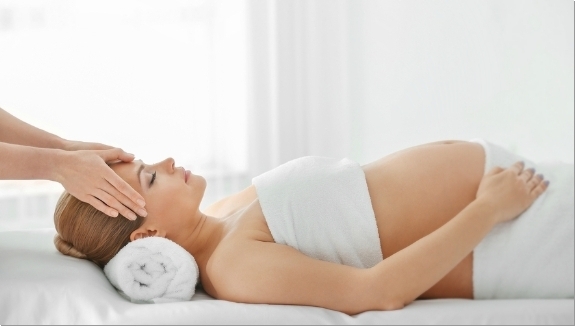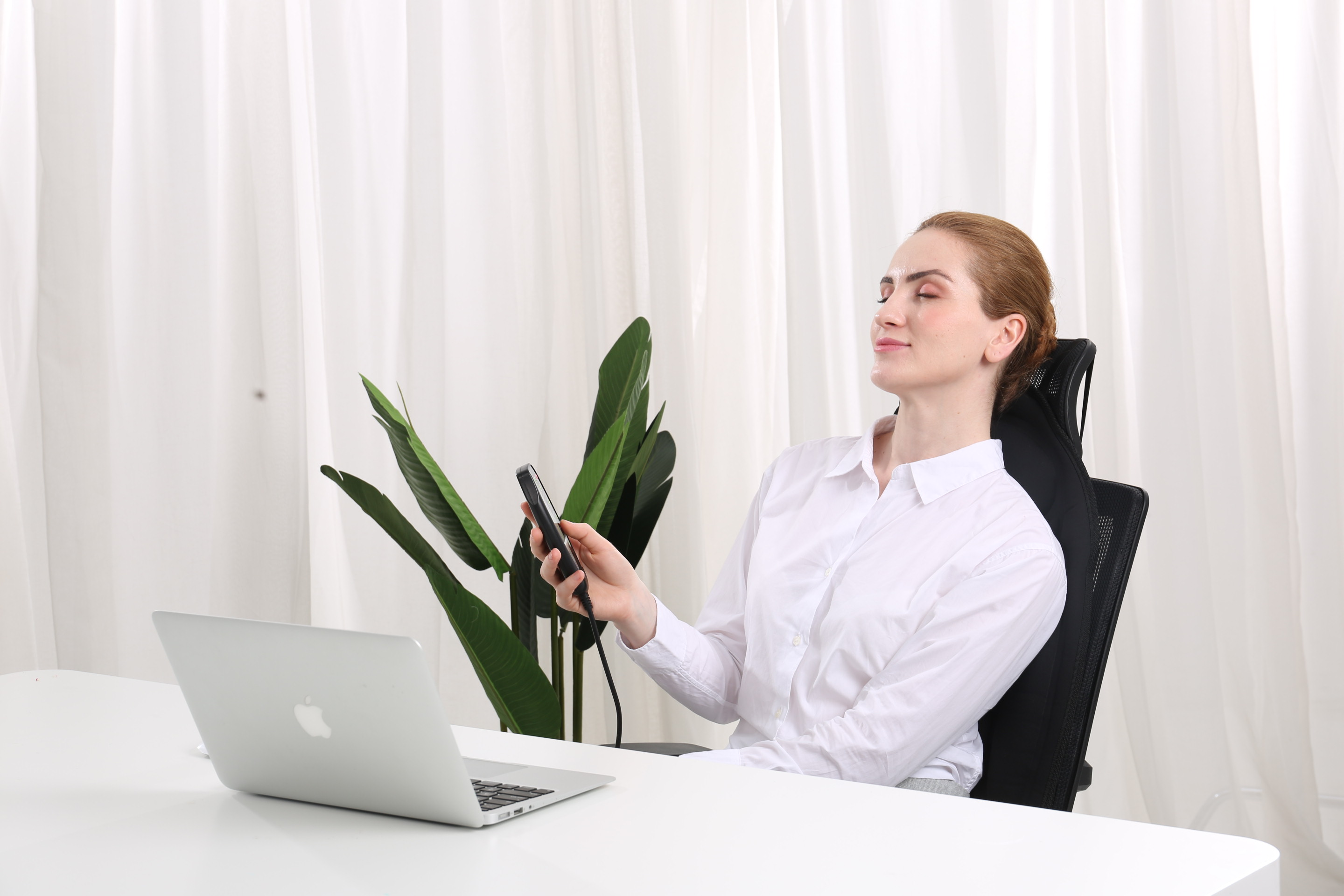Pregnancy Massage
Also known as prenatal massage, pregnancy massage is customized to an expectant mother's needs but is most often used to promote relaxation. Since many pregnant women suffer from lower back pain and swollen ankles especially in the later months, prenatal massage is a relatively safe, drug-free way to provide relief.
Massage therapists who have received specialized training and are certified in prenatal massage know how to position and support the woman's body during the massage, modify techniques, and avoid certain areas and techniques during pregnancy. Most will have a special table that allows the woman to rest comfortably and safely during the massage.
How prenatal massage differs from regular massage?
Prenatal massages are adapted for the anatomical changes you go through during pregnancy. In a traditional massage, you might spend half the time lying face-down on your stomach (which is uncomfortable with a baby belly) and half the time facing up (a position that puts pressure on a major blood vessel that can disrupt blood flow to your baby and leave you feeling nauseous).
But as your shape and posture changes, a trained massage therapist will make accommodations with special cushioning systems or holes that allow you to lie face down safely, while providing room for your growing belly and breasts. Or you might lie on your side with the support of pillows and cushions.
And don’t expect deep tissue work on your legs during a prenatal massage. While gentle pressure is safe (and can feel heavenly!), pregnant women are particularly susceptible to blood clots, which deep massage work can dislodge. That, in turn, can be risky. On other body parts, the pressure can be firm and as deep or as gentle as you’d like. Always communicate with your therapist about what feels good — and if something starts to hurt.

How to give a prenatal massage?
Ask your partner to use these tips for an at-home maternal massage:
Gentle foot rub. Using lotion for smoother strokes, your partner can start by rubbing the top of the foot with gentle pressure, working from the toes towards the ankle and making small circles around the ankle. Then, have him use both thumbs to make small circles on the sole of the foot right beneath the toes. On the heel, he can move one thumb down as the other thumb moves up, and continue to alternate. He can also gently tug on each toe and use the index finger or thumb to rub between them. It's probably a good idea to avoid the pressure point between the anklebone and heel just in case.
Back rub. Sitting up or lying on your side, have your partner use both hands to stroke up and down the back, using lotion to help his hands glide. He should focus on the muscles on either side of the spine and can transition to kneading the muscles with his thumbs or base of the hand, moving up and down.
Shoulder rub. With the base of the hand or the pads of the fingertips, apply gentle pressure on one side of the neck and glide between the top of the shoulder and base of the skull. Repeat on the opposite side.
Scalp massage. Moving from the base of the skull to the hairline, use both hands and spread fingers to apply gentle pressure to the scalp, circling hands together or apart. Add gentle stroking of the face, which can be amazingly relaxing.
Belly. Don’t massage it! Instead, gently rub it with Vitamin E oil for a soothing effect that can also help prevent stretch marks.
Post time: 05-13-2022


 Massage Chairs
Massage Chairs